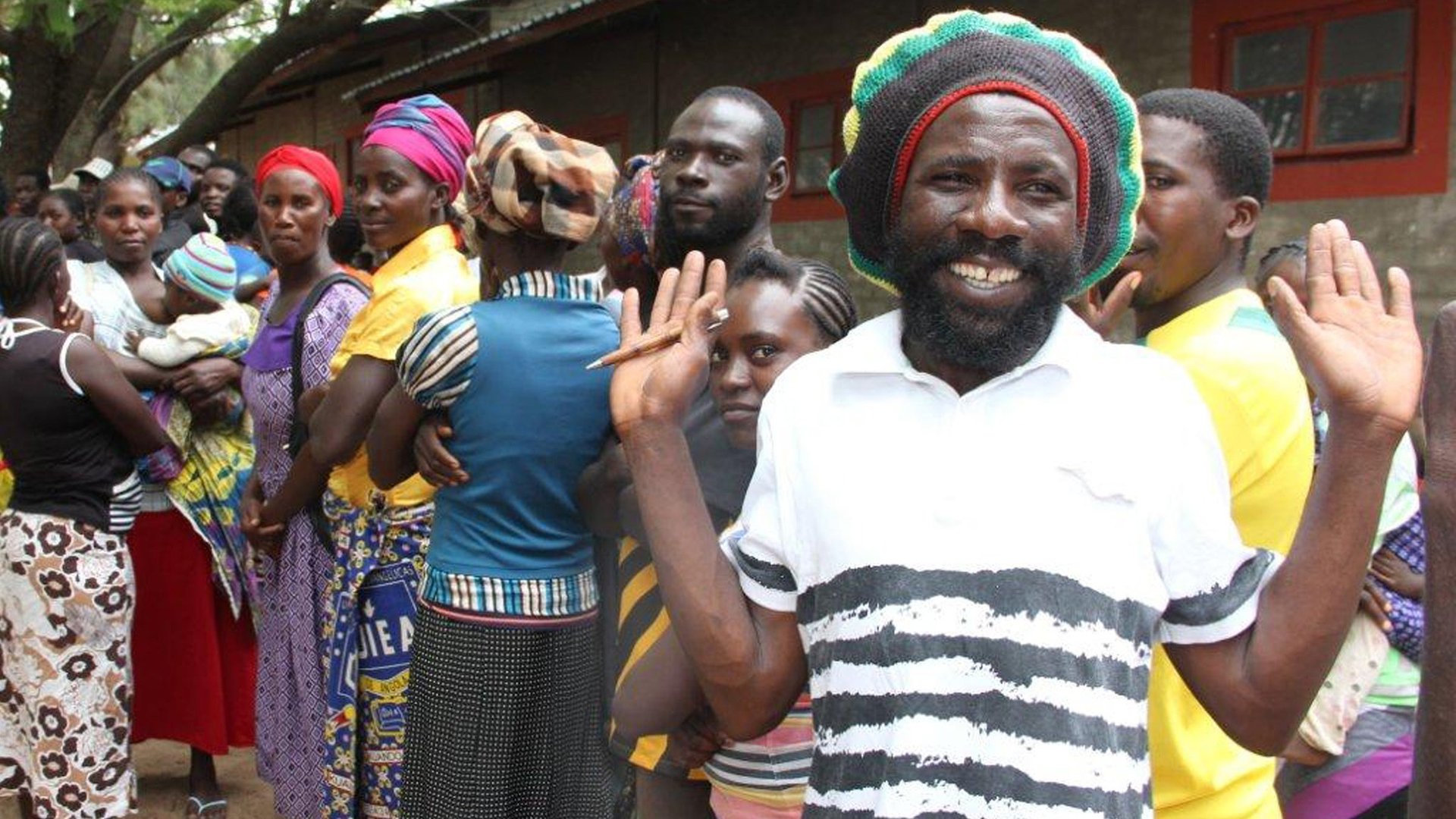These charts show why Namibia doesn’t want to be called an upper middle income country
Namibia’s president, Hage Geingob, is pleading with the international community to stop classifying his country as an upper middle-income country.


Namibia’s president, Hage Geingob, is pleading with the international community to stop classifying his country as an upper middle-income country.
Speaking at the United Nations’ third international conference on development finance, in Addis Ababa this week, Geingob argued that simply looking at Namibia’s national income level as a measure to determine its status as an upper middle-income country was misguided.
According to Geingob, Namibia’s classification as an upper middle-income country has prevented the country from accessing much-needed “soft loans” and grants to address its developmental challenges.
To determine a country’s income status, the World Bank takes the GDP of a country and divides it by the country’s population. While this may be feasible for many other upper middle-income countries like China–with a population of 1.35 billion people–this classification distorts the reality of 2.3 million Namibians.
Geingob argued that by using this approach–and because Namibia has a relatively small population–the country ends up yielding a higher per capita income, while aspects like how this income is distributed and other structural imbalances in the country’s economy are not considered.
This is how Namibia fares against other upper middle-income countries on some of the World Bank’s development indicators:
- Its life expectancy age is lower than other upper middle-income countries
- It also enrolls fewer children in primary schools than other upper middle-income countries
- Namibia also has a lower gross national income per capita, than other upper middle-income countries. More importantly, income in Namibia has a skewed distribution–the country currently has a Gini coefficient of 0.61, making it one of the most unequal countries in the world.
This has wide-ranging implications, as the country’s income status is used to determine whether the World Bank offers development financing to the country or not.
While Namibia has enjoyed consistent economic growth, 5.3% last year–higher than the average for upper middle-income countries at 4.8% in 2014, the country’s social development deficit is high, with close to 30% of Namibians living beneath the poverty line.
Up till now, Namibia–with one of the lowest debt ratios (pdf, pg 3) on the continent at 25% of GDP–has managed to fund most of its developmental projects with little borrowing or financial assistance from external sources.
But the country–with an unemployment rate of 28%, and rising urbanization–70% by 2030–now needs to build decent infrastructure for rail, energy, telecommunications and other areas to serve its population and fulfill its developmental goals.
To address its developmental challenges, its upper middle-income classification may need to be ignored.